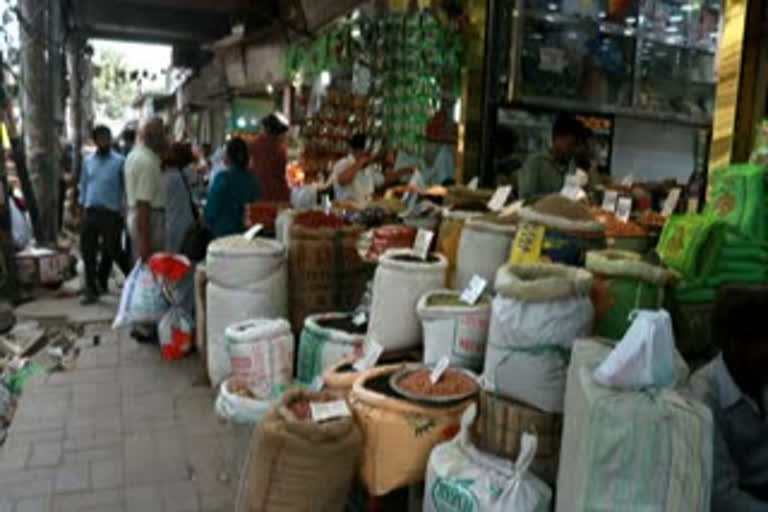New Delhi: India’s wholesale inflation remains at an elevated level in July, in excess of more than 10% for the fourth consecutive month, causing concerns for policy makers as prior to April this year the wholesale inflation has never touched double digits in the last 11 years. Economists blame a mix of global factors such as rising commodity prices, crude oil prices and domestic factors such as supply constraints and high incidence of tax on petrol and diesel for the current situation.
According to the latest data released by the ministry of commerce and industries on Monday, the wholesale price index (WPI) was at 11.16% in July, a decline from the high of May when it was 13.11% and June when it was over 12%. According to economists, this is partly due to the base effect as the WPI was in negative during April-July period last year. However, this is not the only reason that is keeping inflation in double digits as the WPI has been in the negative zone twice in the last 10 years. It was in negative in November 2014 and also in June 2016 but that did not lead to a double-digit inflation in following years.
“The key differentiator is global commodity prices, especially the crude oil prices,” said Sunil Sinha, Principal Economist of India Ratings & Research. Sinha, who has closely tracked macro-economic indicators, says sustained high taxes on petroleum products has further worsened the matter as retail petrol prices are breaching the mark of Rs 100 per litre for petrol at several places.
Economists like Sunil Sinha say that in addition to high crude prices, high global commodity prices are also feeding into the domestic economy as edible oil and oil seeds are on fire. Sinha says recent firming of inflation despite weak demand conditions is perplexing. “Although supply side disruptions may have had some impact on prices but as manufacturers are increasingly passing on the rising input costs to their output prices, both wholesale manufacturing and core inflation is showing sustained high inflation,” he added.
Components of high inflation
July 2021 is the third consecutive month when wholesale manufacturing and core inflation is in double digits at 11.20% and 10.82% respectively. Sinha says as a result, out of the 22 major manufacturing groups, eight groups – food, textiles, paper and paper products, chemical and chemical products, rubber and plastic products, basic metals, fabricated metal products and furniture witnessed double digit inflation in July 2021.
Domestic Factors
Sunil Sinha says there are two factors – food and crude oil - that are driving inflation in the Indian context. “Although, crude oil is on the boil, some respite is visible on the food front,” he said. According to the latest official data released today, wholesale food inflation declined below 5% last month. It was 8.25% in May this year and 6.66% in June and then moderated to 4.46% in July.
At a more disaggregated level, cereal prices have maintained the declining trend in July also to come down to 2.79%. In case of wholesale prices of pulses, inflation dropped to single digit after a gap of five months. Official data showed even fruits and vegetables also recorded a price decline in the month of July, namely on account of improved supply due to start of monsoon season. “We believe that wholesale inflation will remain elevated till the third quarter (October-December period) in the current fiscal,” Sunil Sinha noted.



